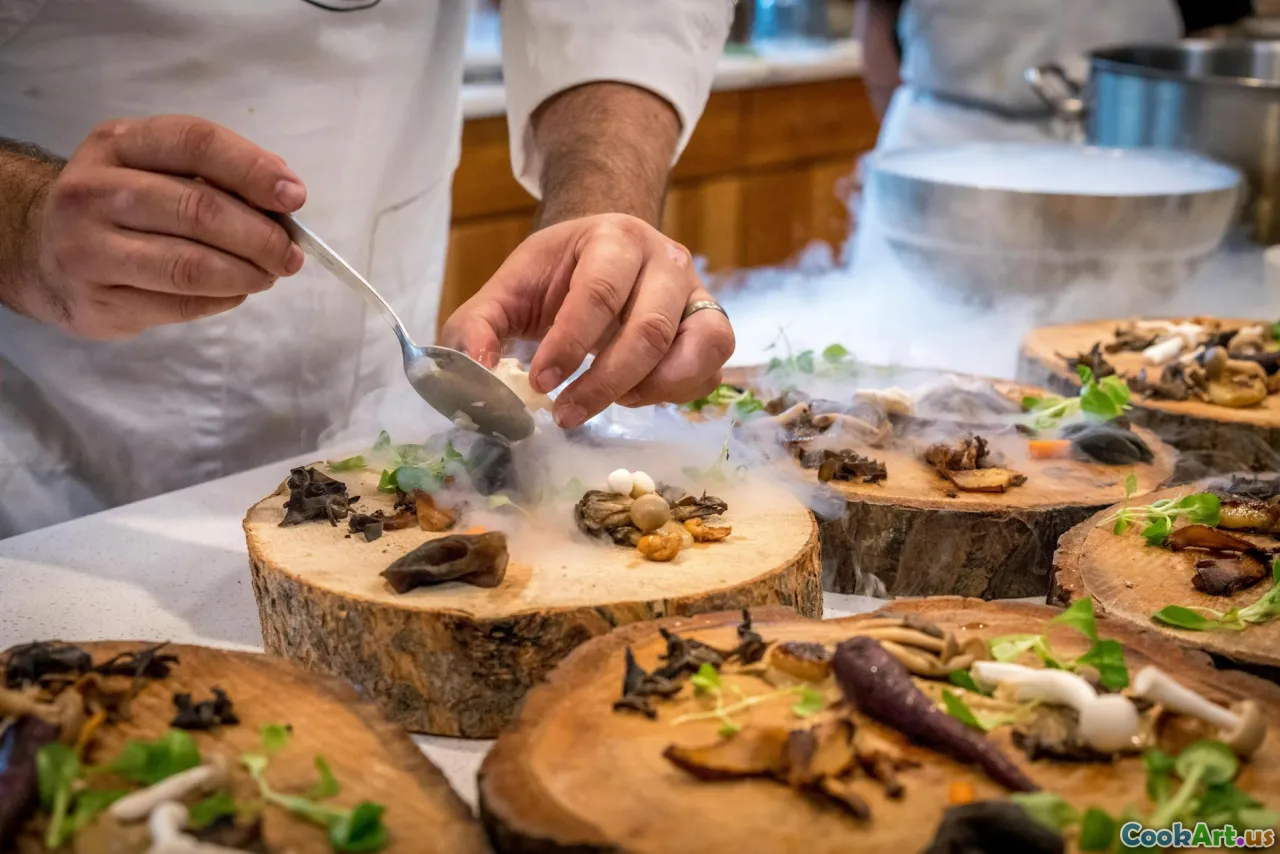Braising Basics for Flavor
6 min read Discover the art of braising and unlock rich flavors with our essential guide to this timeless cooking technique. April 13, 2025 09:45
Braising Basics for Flavor
Braising is one of the most transformative cooking techniques in the culinary world. By combining dry and moist heat, this method not only tenderizes tough cuts of meat but also infuses dishes with rich, deep flavors. In this guide, we’ll explore the essence of braising, its cultural significance, and tips to master this technique in your kitchen.
What is Braising?
Braising is a two-part cooking process that typically starts with searing food at a high temperature, followed by slow cooking in a covered pot with a small amount of liquid. This method is particularly effective for tougher cuts of meat, such as brisket, chuck, or shanks, which benefit from long, gentle cooking times.
The Science Behind Braising
The magic of braising lies in its ability to break down collagen in the meat, transforming it into gelatin, which creates a rich mouthfeel and enhances the overall flavor profile of the dish. The slow cooking process allows the flavors to meld together, resulting in a dish that is far greater than the sum of its parts.
Key Ingredients for Successful Braising
To get started with braising, you’ll need a few essential ingredients:
- Protein: Choose a tough cut of meat for the best results. Common choices are beef chuck, pork shoulder, or lamb shanks.
- Aromatic Vegetables: Onions, garlic, carrots, and celery are excellent for creating a flavor base.
- Liquid: Stock, wine, or a combination of both adds depth. Avoid using too much liquid; just enough to cover the meat halfway is ideal.
- Herbs and Spices: Fresh herbs such as thyme, rosemary, or bay leaves enhance the flavor.
The Braising Process
1. Sear the Meat
Start by seasoning your protein generously. Heat oil in a heavy-bottomed pot (like a Dutch oven) until shimmering, then add the meat. Sear on all sides until browned. This step is crucial as it develops complex flavors through the Maillard reaction.
2. Sauté Aromatics
Remove the meat and set it aside. In the same pot, add your aromatics and sauté until softened. This will deglaze the pot, lifting the flavorful browned bits stuck to the bottom.
3. Add Liquid
Return the meat to the pot and add your chosen liquid. It should reach about halfway up the sides of the meat. Bring to a gentle boil, then reduce the heat.
4. Cover and Cook
Cover the pot with a lid and transfer it to a preheated oven or keep it on low heat on the stovetop. Cook slowly for several hours, depending on the size of the meat. For example, a beef chuck roast may take 3-4 hours.
5. Rest and Serve
Once tender, remove the pot from heat and let it rest for a few minutes before serving. This allows the juices to redistribute throughout the meat.
Cultural Significance of Braising
Braising is not just a cooking technique; it’s a tradition in many cultures. From French coq au vin to Italian osso buco, braising showcases the local ingredients and flavors of a region. Each culture adds its unique twist, making this method both versatile and universally loved.
Tips for Successful Braising
- Don’t Rush: Patience is key; slow cooking enhances flavors.
- Adjust Liquid Levels: Keep an eye on the liquid; add more if it evaporates too much.
- Experiment with Flavors: Don’t hesitate to try different liquids, aromatics, and herbs.
- Invest in Quality Cookware: A heavy pot distributes heat evenly and retains moisture.
Conclusion
Braising is a fundamental cooking technique that every home cook should master. By understanding the basics and experimenting with various ingredients and flavors, you can create delicious, comforting dishes that will impress your family and friends. So gather your ingredients, embrace the slow cooking process, and enjoy the rich, layered flavors that braising has to offer!









